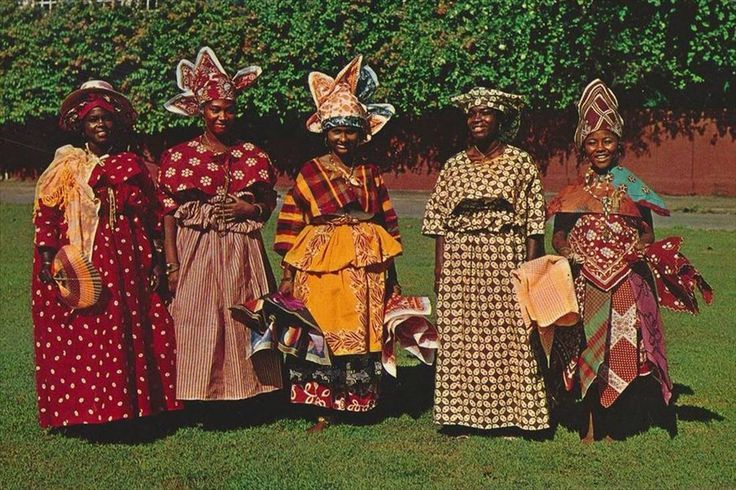journalofserviceclimatology.org – Suriname, a small country on the northeastern coast of South America, is a vibrant tapestry of cultures, each contributing to the rich mosaic that defines the nation’s identity. With a population of just over 500,000 people, Suriname boasts an astonishing diversity, a legacy of its colonial past and the successive waves of immigrants who have made it their home. This article delves into the cultural mosaic of Suriname, exploring the various influences that have shaped its unique cultural landscape.
Historical Background
The history of Suriname is marked by its colonization by the Dutch in the 17th century, which led to the establishment of plantation economies reliant on slave labor. Following the abolition of slavery in 1863, Suriname saw the arrival of indentured laborers from India, Java, and China, who came to work on the plantations. This influx of people from different parts of the world laid the foundation for the cultural diversity that characterizes Suriname today.
Ethnic Groups and Their Contributions
Indigenous Peoples
The indigenous peoples of Suriname, such as the Arawak, Carib, and Warrau, are the descendants of the original inhabitants of the land. They have preserved their traditions, languages, and cultural practices, contributing to the country’s cultural mosaic through their art, music, and festivals.
Creoles
The Creoles, descendants of African slaves, have played a significant role in shaping Suriname’s cultural identity. Their music, dance, and cuisine, particularly the popular dish “Pepperpot,” reflect the resilience and creativity of their ancestors. The annual Keti Koti festival, celebrating the abolition of slavery, is a vibrant expression of Creole culture.
Hindustani and Javanese
The Hindustani, or East Indians, brought with them the traditions of India, including the Hindu religion, Bollywood films, and a variety of spicy dishes. The Javanese, on the other hand, introduced Indonesian cuisine, martial arts, and the art of batik. Both communities have integrated their cultural practices into the fabric of Surinamese society, contributing to the country’s cultural diversity.
Maroons
The Maroons, descendants of escaped slaves who formed independent communities in the rainforest, have maintained their distinct African-based cultures. Their music, dance, and religious practices, such as the Winti religion, are an integral part of Suriname’s cultural heritage.
Chinese and Lebanese
The Chinese and Lebanese immigrants have also left their mark on Suriname’s cultural landscape. The Chinese community has influenced the country’s cuisine and business practices, while the Lebanese have contributed to the nation’s commercial sector and introduced their culinary traditions.
Cultural Fusion
One of the most remarkable aspects of Suriname’s cultural mosaic is the fusion of traditions, where elements from different cultures blend to create something new and unique. This fusion is evident in the music, dance, and cuisine of Suriname, where influences from Africa, India, Indonesia, and the Middle East come together to form a distinct Surinamese identity.
Conclusion
Suriname’s cultural mosaic is a testament to the power of diversity and the beauty of cultural exchange. Each community, with its unique traditions and contributions, enriches the national identity, making Suriname a fascinating cultural crossroads. As the country continues to evolve, its cultural mosaic remains a source of pride and a symbol of the nation’s resilience and creativity.
